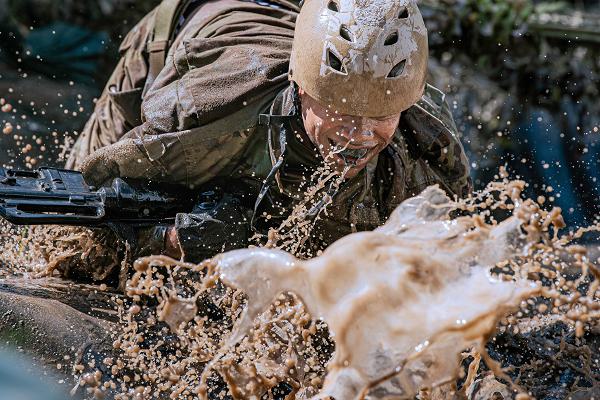
Colorado Springs, Colorado. (July 24, 2024): Every military service member wonders “Who was the sadistic mind that designed the first obstacle course and all its mental and physical torture”? In this photo by Dylan Smith, an Air Force basic trainee completes an assault course during cadet training at the U.S. Air Force Academy. This dubious honor of establishing the first course goes to Lieutenant Colonel William A. Hoge, a West Point graduate (1916) who earned a Distinguished Service Cross and a Silver Star during World War I. As the Army expanded after the war, Colonel Hoge was charged with training hundreds of thousands of out of shape civilians with little time or space to make it happen.
Hoge questioned how the Germans managed preparing raw recruits and was told they were using specially designed fields with a variety of trenches, climbing obstacles, crawling, swinging, and jumping like they would do in combat. Hoge drew up plans for the Army’s first “confidence course” that included running, jumping over ditches, walking on logs, and crossing streams. The goal was to evaluate the progress of individual soldiers and any weaknesses in the unit as a team.
Today, these designs go by many names, Obstacle Course, Confidence Courses, Urban, and Night Courses depending upon their training goals. The basic design incorporates multiple obstacles such as scaling a ten-foot wall, climbing a cargo net, a bar to climb over, and a high rope crossing, these being the most likely terrain a soldier will come across. Courses are customized for the types of obstacles encountered in Urban Warfare such as barbed wire, pipes, or tunnels to crawl through, and climbing through window sized holes.
Regardless of purpose, military recruits have dreaded obstacles courses ever since. When asked years into his retirement to recall his role in creating the infamous obstacle course and how his Soldiers would have reacted, Colonel Hoge replied: “They’d murder me if they ever found out I was responsible.”


